Optimal Timing for Spider Fumigation
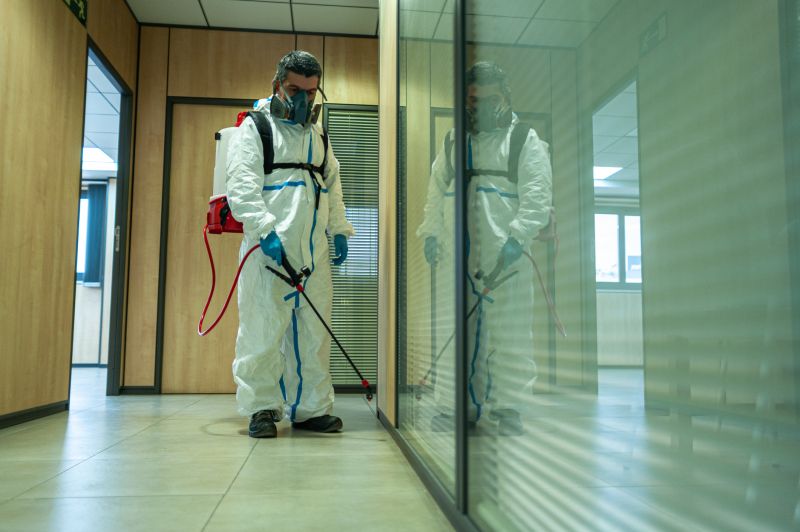
Spring is an optimal time to address spider populations before they become more active.

Summer requires ongoing monitoring as spider activity peaks during warmer months.

Fall is ideal for preventative treatments to reduce overwintering spider nests.

Ways to make Spider Fumigations work in tight or awkward layouts.
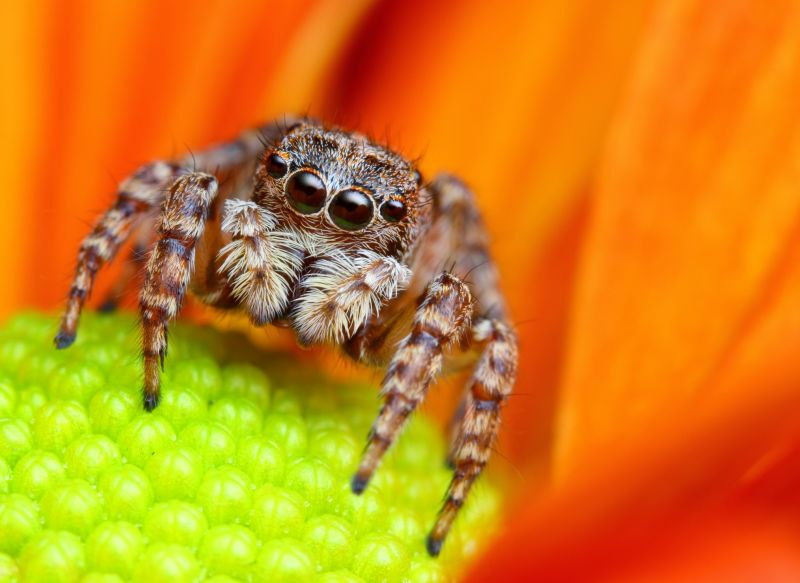
Popular materials for Spider Fumigations and why they hold up over time.

Simple add-ons that improve Spider Fumigations without blowing the budget.
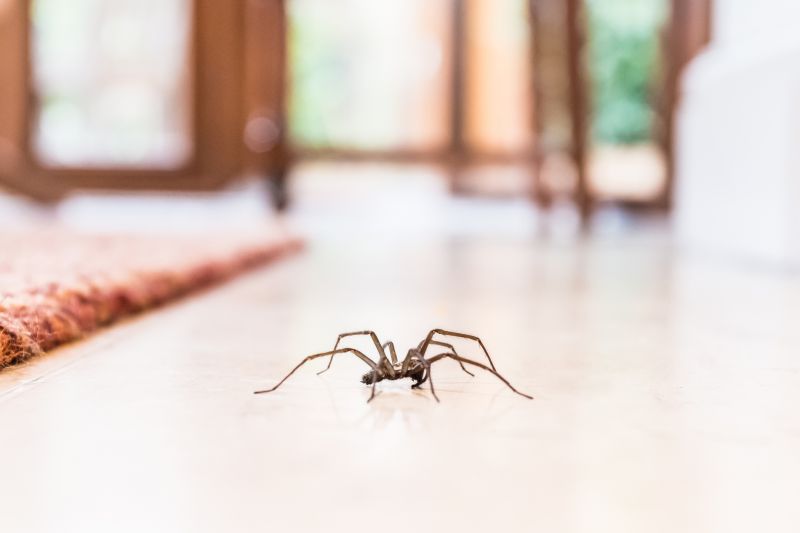
High-end options that actually feel worth it for Spider Fumigations.
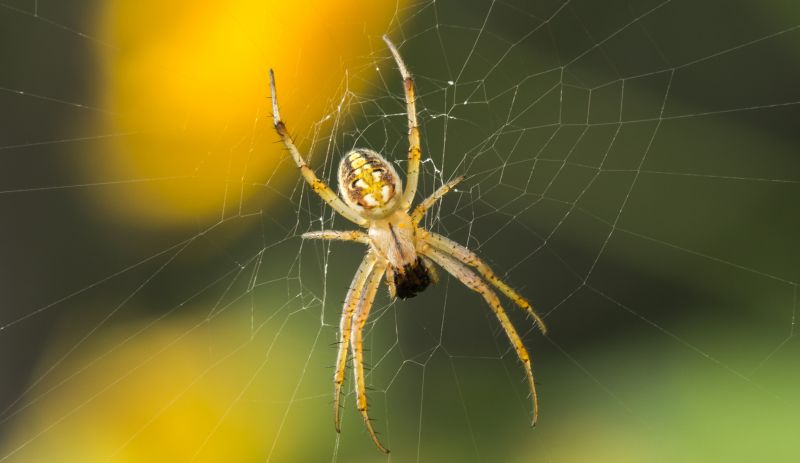
Finishes and colors that play nicely with Spider Fumigations.
Spider fumigations are most effective when timed according to spider behavior and seasonal activity patterns. Understanding these patterns can help determine the best window for treatment. Typically, early spring and fall are considered prime times for effective fumigation, as spider activity levels fluctuate with temperature and environmental conditions.
Increased temperatures during summer lead to higher spider activity, making ongoing monitoring and targeted treatments necessary. Conversely, winter generally sees a decline in spider activity, reducing the need for fumigation during colder months. Proper timing ensures maximum effectiveness and minimizes the need for repeated treatments.
Spiders tend to be most active during late spring and summer, seeking shelter and food sources.
Humidity and temperature influence spider movement and nesting habits, affecting fumigation timing.
Applying treatments before peak activity periods can reduce infestations and nesting sites.
Regular inspections help identify the best timing for targeted fumigations.

Early treatments can prevent spider populations from establishing nests.

Monitoring during summer ensures treatments are timely and effective.
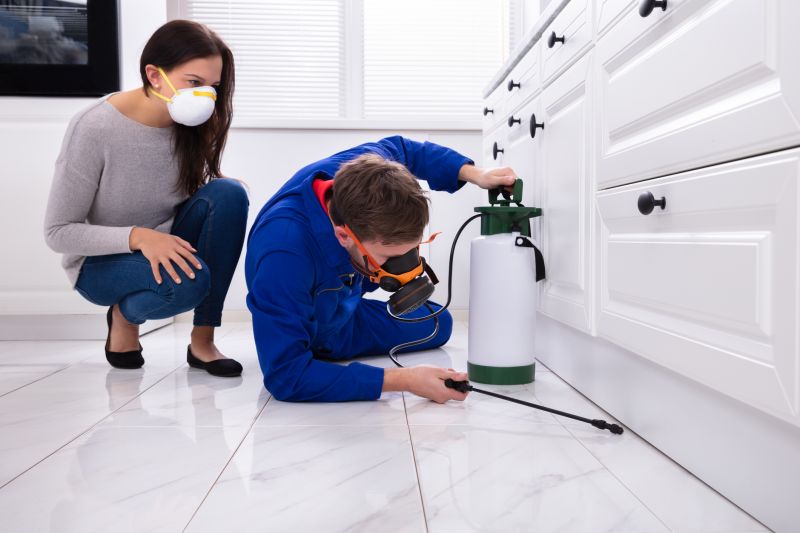
Fall treatments help reduce overwintering nests and future infestations.

A frequent mistake in Spider Fumigations and how to dodge it.

Small tweaks to make Spider Fumigations safer and easier to use.

Lower-waste or water-saving choices for Spider Fumigations.
| Season | Optimal Fumigation Timing |
|---|---|
| Spring | Early spring before spider activity peaks |
| Summer | Ongoing monitoring during peak activity |
| Fall | Late fall for prevention of overwintering nests |
| Winter | Generally not recommended due to low activity |

Identifying and treating nests early can prevent larger infestations.

Regular checks help determine the best times for fumigation.
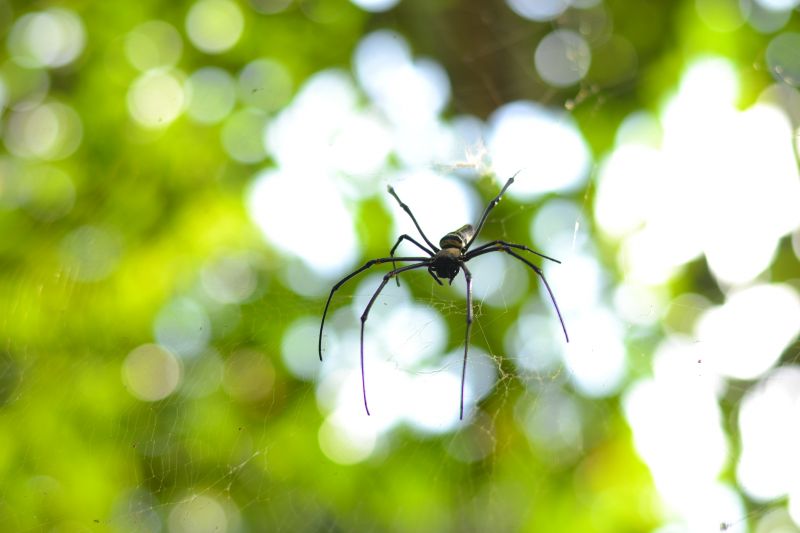
Humidity and temperature influence spider movement and nesting.
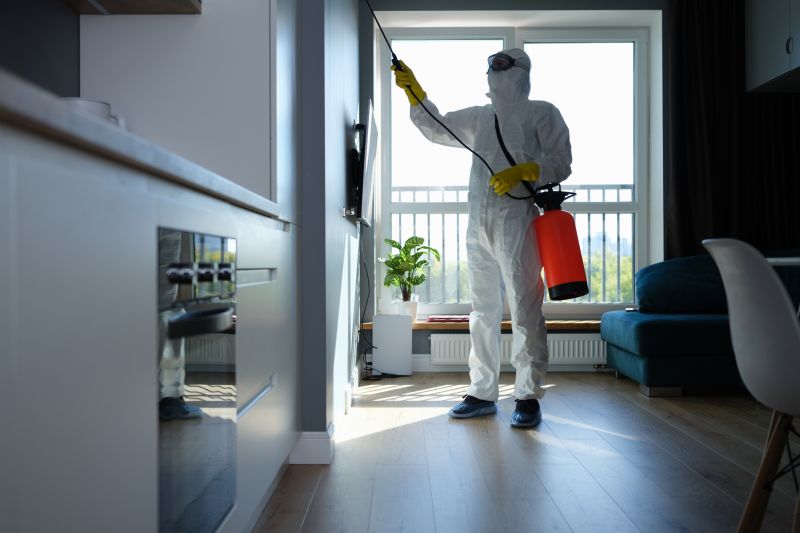
Timely treatments can reduce the need for extensive fumigation.
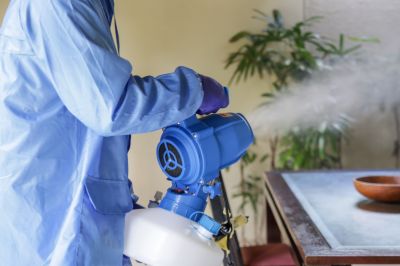
The short, realistic tool list for quality Spider Fumigations.

Rough timing from prep to clean-up for Spider Fumigations.

Quick checks and paperwork to keep after Spider Fumigations.

Examples that show the impact a good Spider Fumigations can make.
Effective spider management involves understanding their behavior and environmental preferences. Timely fumigation can disrupt their life cycle, reducing the likelihood of large-scale infestations. Combining treatment with environmental modifications can further enhance results.
For those interested in scheduling a spider fumigation or learning more about the optimal timing, filling out the contact form provides a straightforward way to get in touch with professionals specializing in pest management.
